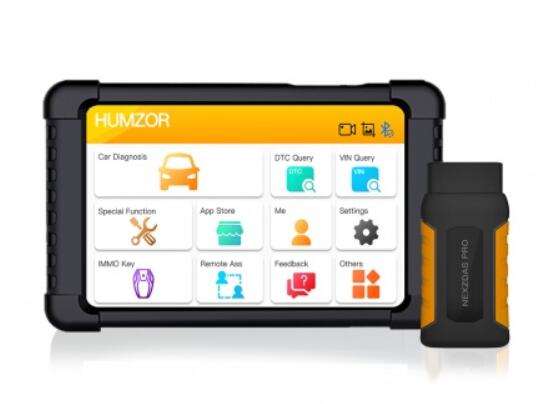
To test the Best OBD2 Scan Tool, I used my 2014 Audi Allroad vehicle while it was in the garage or on the road over a period of several weeks. After connecting each scanner to my car’s OBD2 port, I made sure they could report the car’s VIN code. For the wireless scanners, I connected to my Apple iPad Pro, Microsoft Surface or Samsung Galaxy S9+ phone via a Bluetooth or Wi-Fi connection. The handheld scanners only needed to be plugged in.
Advertisement
Next, I measured the cord’s length on the handheld scanners and the wireless range on the others. With the car running, I monitored the engine and other vital systems, and then disconnected the engine’s oil temperature sensor. Finally, I checked the details provided by the scanner, fixed the problem, turned off the check engine light and erased the error code.
Then, I hit the road, to see if the scanner could display operating data, like engine speed, timing and coolant temperature. I paid attention to whether the device reported the data as numbers, graphs or auto-style gauges.
Regardless of which Car Scanner you use, you’ll need to crack its code. All fault codes have four numbers and a letter prefix:
* Powertrain (P)
* Body (B)
* Chassis (C)
* Undefined (U)
Of the roughly 5,000 diagnostic fault codes available, some are generic and available to all cars, like air temperature and throttle position. For these, the numeric section starts with a 0. Others are specific to individual carmakers and represent either a special piece of hardware or a more in-depth analysis of the problem. These start with a 1.
For instance, if you get a P0098 code, chances are there’s something wrong with the engine’s intake air temperature sensor. By contrast, a Ford that displays a P1112 specialty fault code means that the intake air temperature sensor is reporting values intermittently and should be replaced.